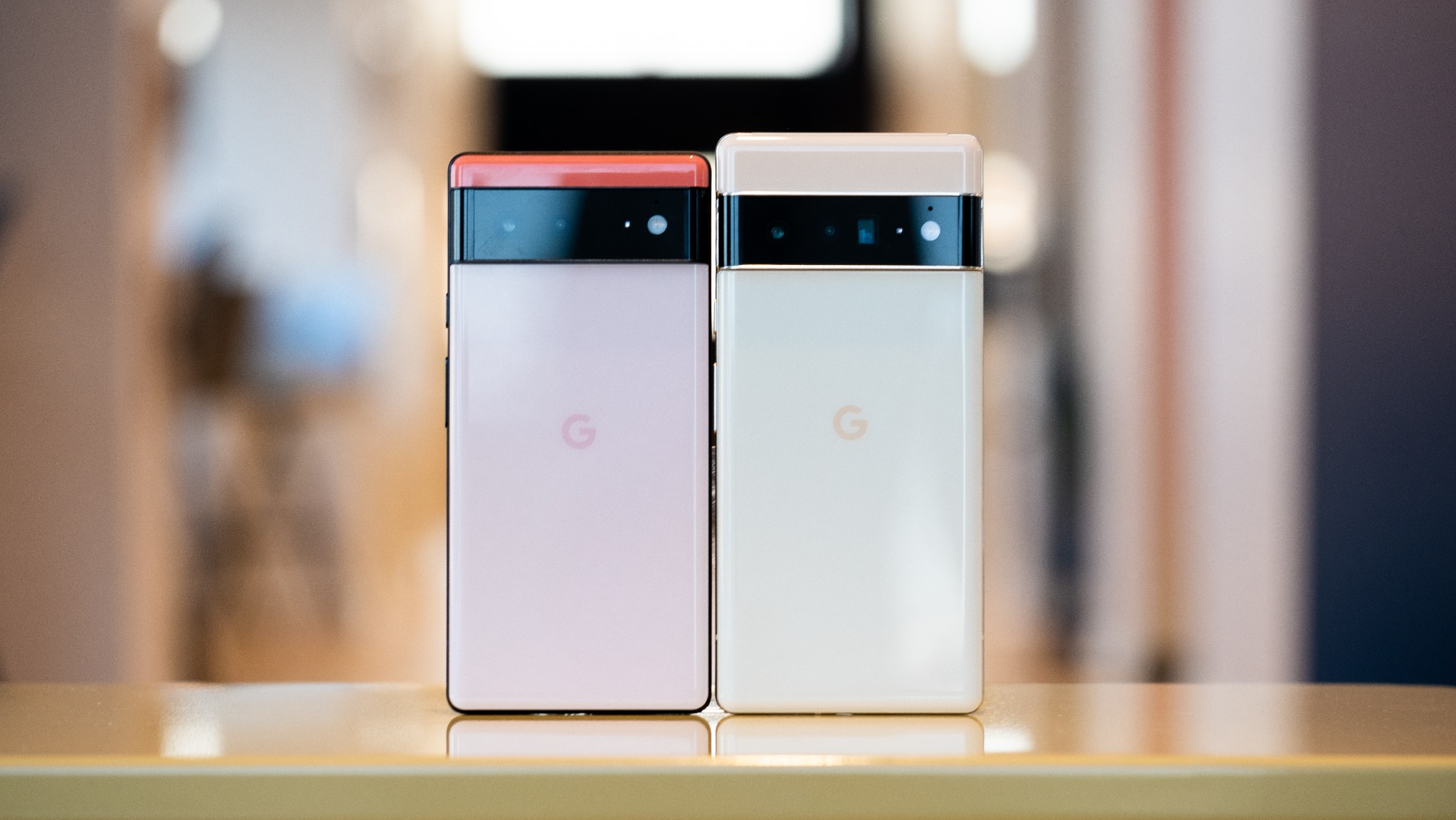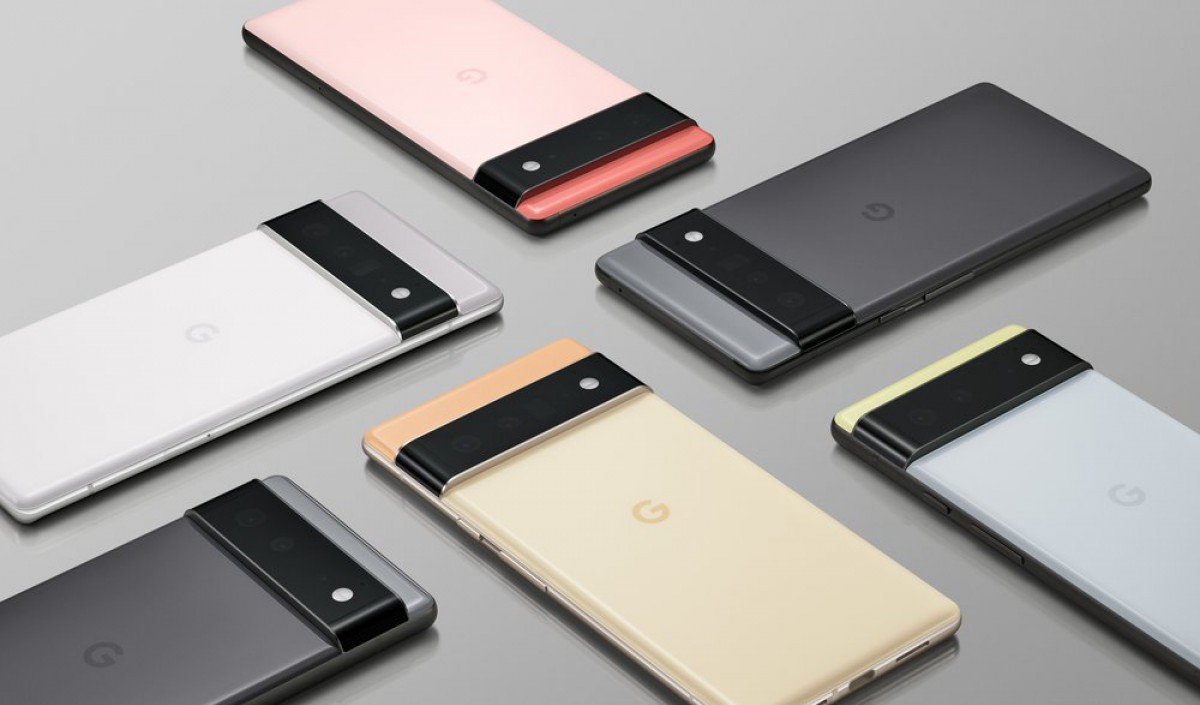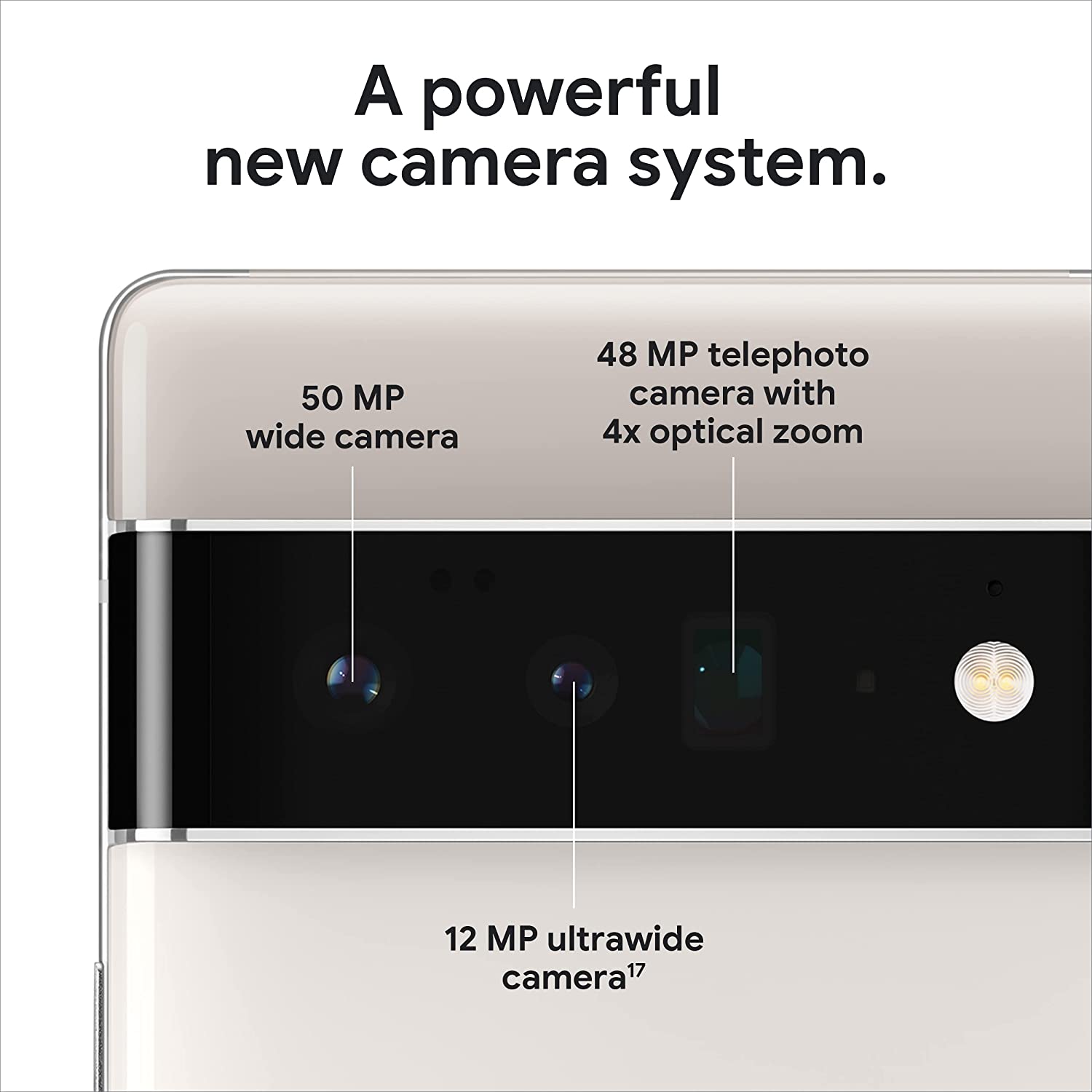Based on the testing using Google’s official 30W USB-C Adapter and a handful of compatible fast charging cables, we discovered that the maximum power obtained from both the Pixel 6 and Pixel 6 Pro is just 22W, with an average of just 13W over a full cycle. At no point during our testing did we see speeds anywhere close to the 30W charging that many have (quite fairly) assumed the Pixel 6 series is capable of.
We confirmed these findings with tests using other high-power USB Power Delivery PPS plugs such as the Anker Nano II, Samsung 45W Travel Adapter, and the Elecjet X21 Pro — all of which showed a maximum output of 22W when charging either the Pixel 6 or Pixel 6 Pro. All of the adapters used were UK variants, though our data from testing US chargers with USB PD PPS support also showed peak charging of 22W or below on a US model Pixel 6.
Google Pixel 6 charging power tops out at 22W, not 30W.
How does that impact charging times? With USB Power Delivery PPS, the Google Pixel 6 Pro takes ~111 minutes to fully charge its 5,000mAh battery (~5,000mAh typical, according to Google) from near empty. This figure, as well as all the data shown in this article, was obtained with the Pixel 6 series’ Adaptive Charging and Adaptive Battery settings switched off. All charging times noted here are based on our average numbers across multiple tests.

Given that the 4,080mAh capacity Pixel 5 supports 18W charging and fills up in around 87 minutes, that’s pretty disappointing. Furthermore, 22W isn’t far shy of the 5,000mAh Samsung Galaxy S21 Ultra‘s 25W charging capabilities, which can be filled up in a little over an hour with the right charger. So why the huge discrepancy?
In order to find out, we have to look closer at how charging power changes over the course of a cycle. Typically, fast charging uses more power at the beginning of the charge, during a battery’s constant current phase, before reducing power as the cell nears full capacity. Reducing power earlier is useful for controlling temperatures and reducing battery stress but comes at the cost of charge time.
Oddly, the phone actually switches back to the standard USB Power Delivery protocol after hitting around 75% battery capacity. There’s no clear reason for this and might be a hangover from Google’s old charging algorithm.
After hitting 50% charge, power falls from 22W to 15W.




